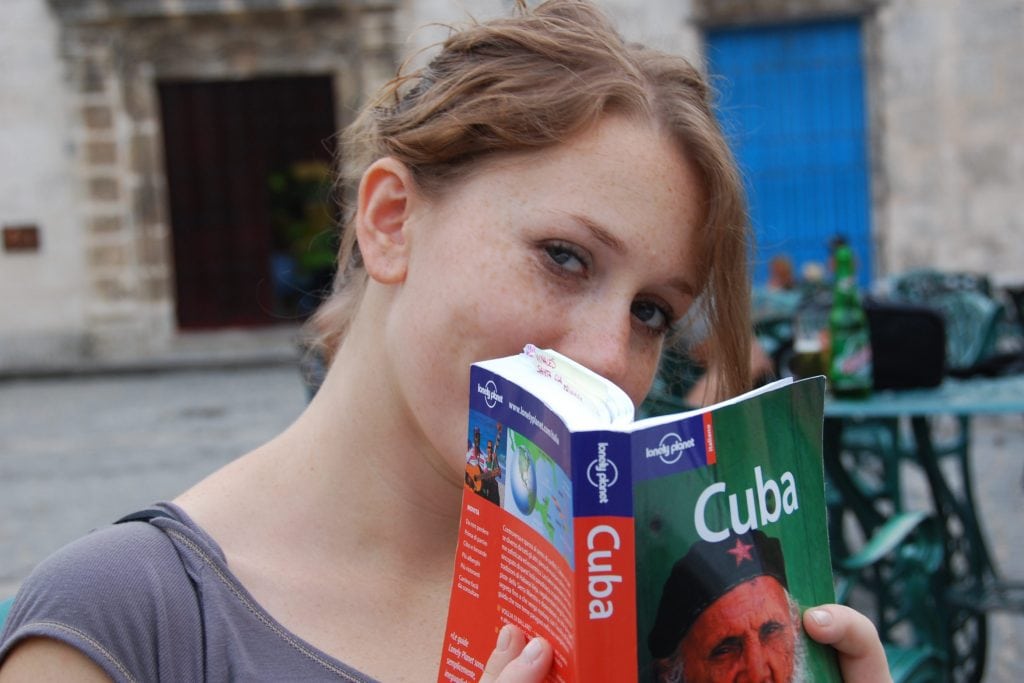Skift Take
Cuba guidebooks do a decent job at giving travelers a view of what visiting and living in the country is like and remain important information gatekeepers. But while many address the political climate and economic hardship, they haven't been effective at telling tourists how to ensure their visits don't make things worse.
Cuba, a destination where a guidebook can be essential, has received plenty of attention from publishers over the past 20 years. But a study from Rebecca Ogden, a researcher in Latin American studies at the University of Kent in the United Kingdom, found Cuba that guidebooks aren't giving tourists the full picture.
Before many travelers had smartphones, guidebooks were the main points of reference to help tourists discover where to go for dinner, which museum to visit, and which hotel was most comfortable. They're not that helpful in many places anymore, but they still serve a purpose in less-developed markets.
However, in Cuba's case, some publishers' perspectives of the country are misleading and perpetuate stereotypes that harm tourists and locals, Ogden said in her article "Lonely planet: affect and authenticity in guidebooks of Cuba" published in the journal Social Identities.
Ogden, who has visited Cuba six times, most recently in July, analyzed 12 Rough Guide to Cuba and Lonely Planet Cuba editions. All books were published between 1997 and 2016, taking readers from the end of Cuba's Special Period (a severe economic crisis) to the normalization with the United States in late 2014.
These books are among the bestsellers for Cuba guidebooks in Canada, the United Kingdom, and the United States, all major Cuban tourism markets.
In each new edition, much of the guidebooks’ text was republished with only small edits to addresses, prices, and opening times. Ogden didn't speak to Rough Guides or Lonely Planet for the


